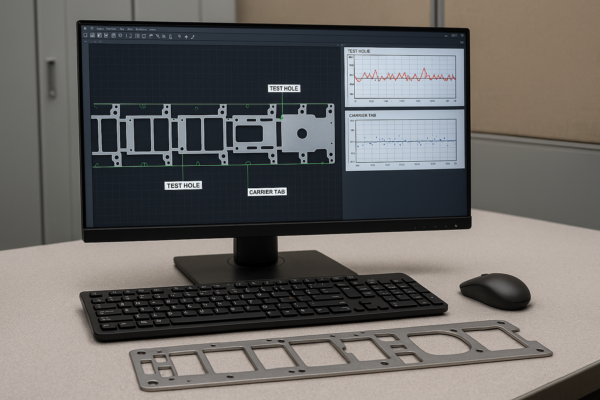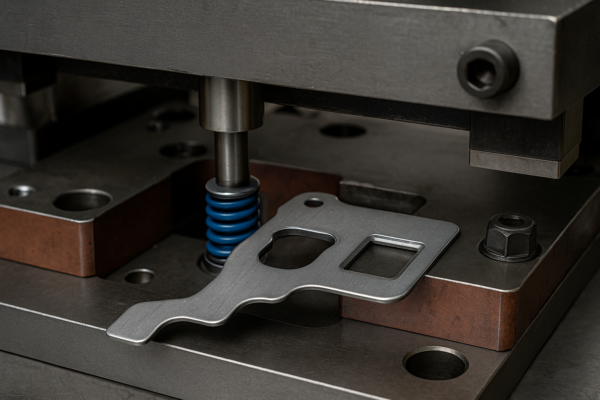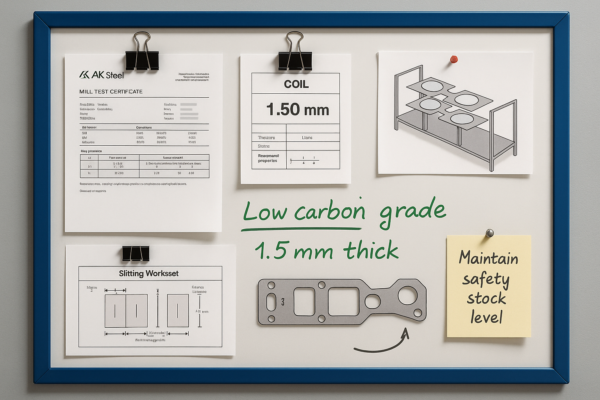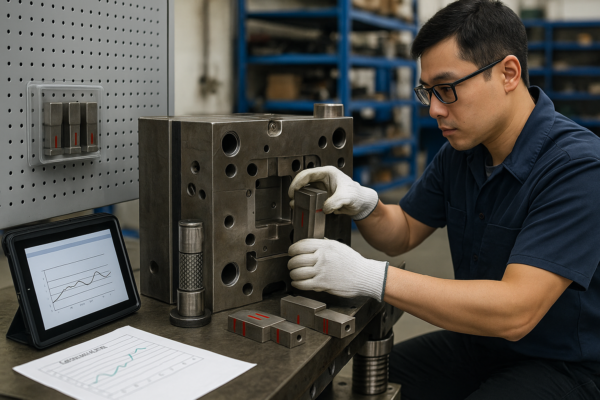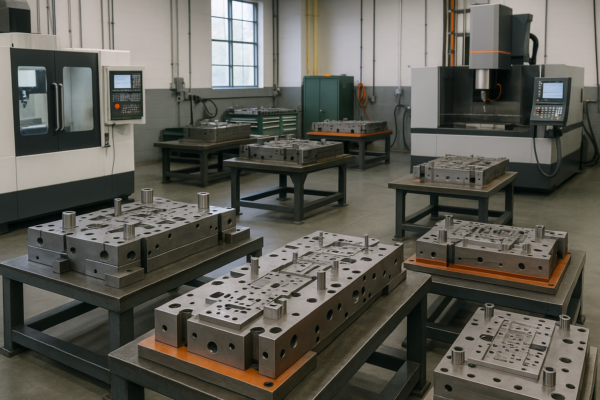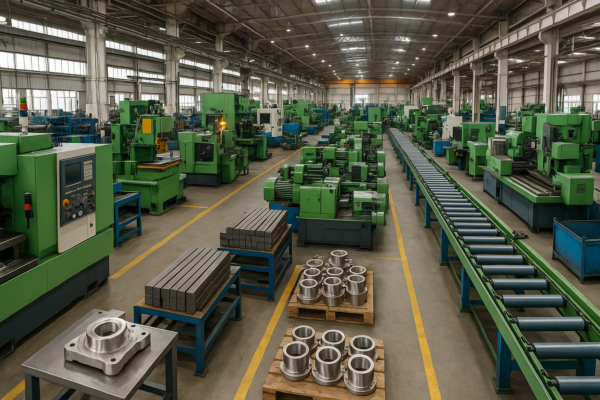Why do you rub metal with sandpaper?
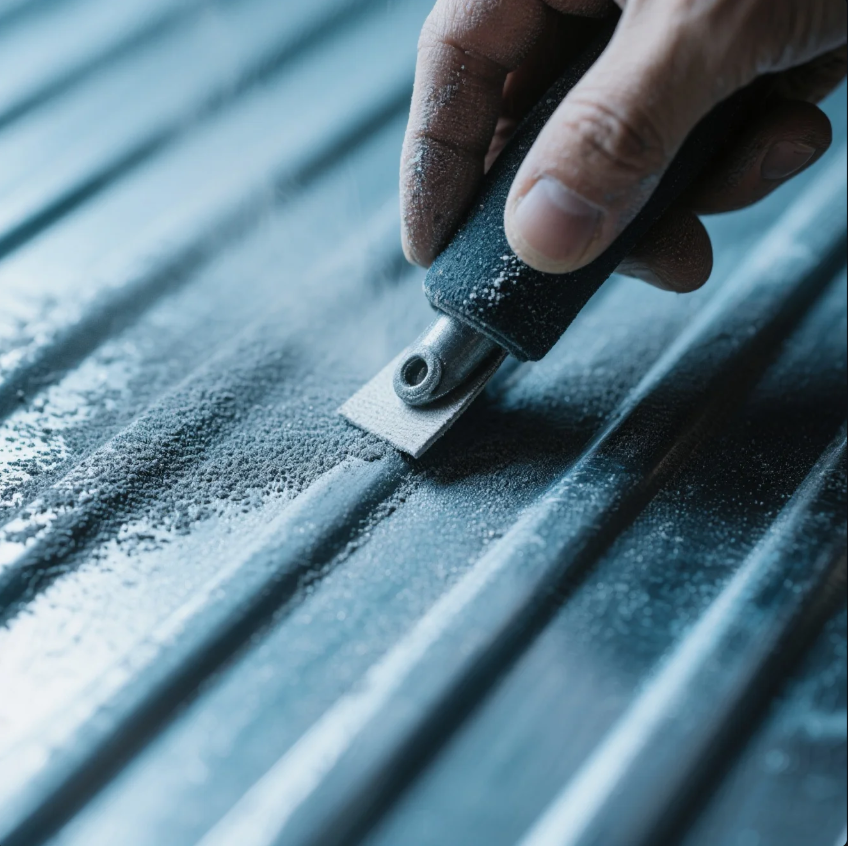
Dirty, rough, or oxidized metal surfaces weaken adhesion and cause early coating failure.
Rubbing metal with sandpaper removes rust, paint, and rough spots. It also helps new coatings stick better.
This step is key for surface prep before priming, painting, or welding.
Why do we rub metal with sandpaper?
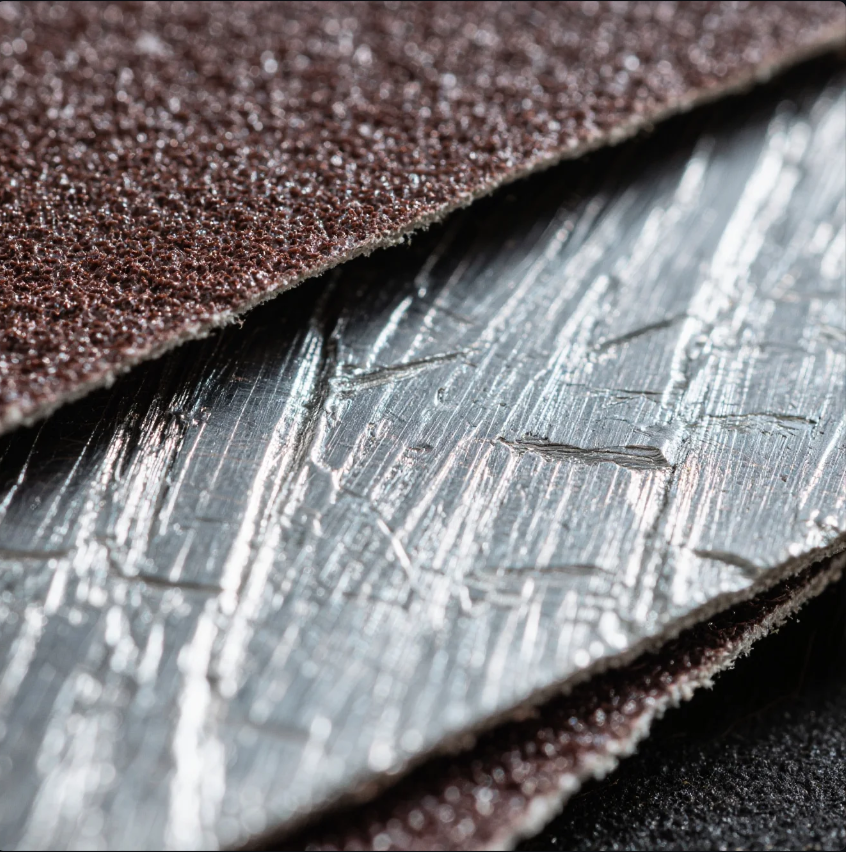
Skipping sanding leads to poor finishes and peeling paint.
We sand metal to clean the surface, improve texture, and prepare it for coating or polishing.
Even light sanding makes a huge difference in surface quality and bonding strength.
Why Sanding Matters
| Purpose | Benefit |
|---|---|
| Rust Removal | Prevents corrosion spread |
| Smoothing | Prepares for uniform finish |
| Adhesion Boost | Improves paint or primer bonding |
| Cleaning | Removes oils, dirt, old coatings |
At Prime, we always sand or blast CNC parts and custom metal fasteners before applying any protective coating.
Why do we sand metals?
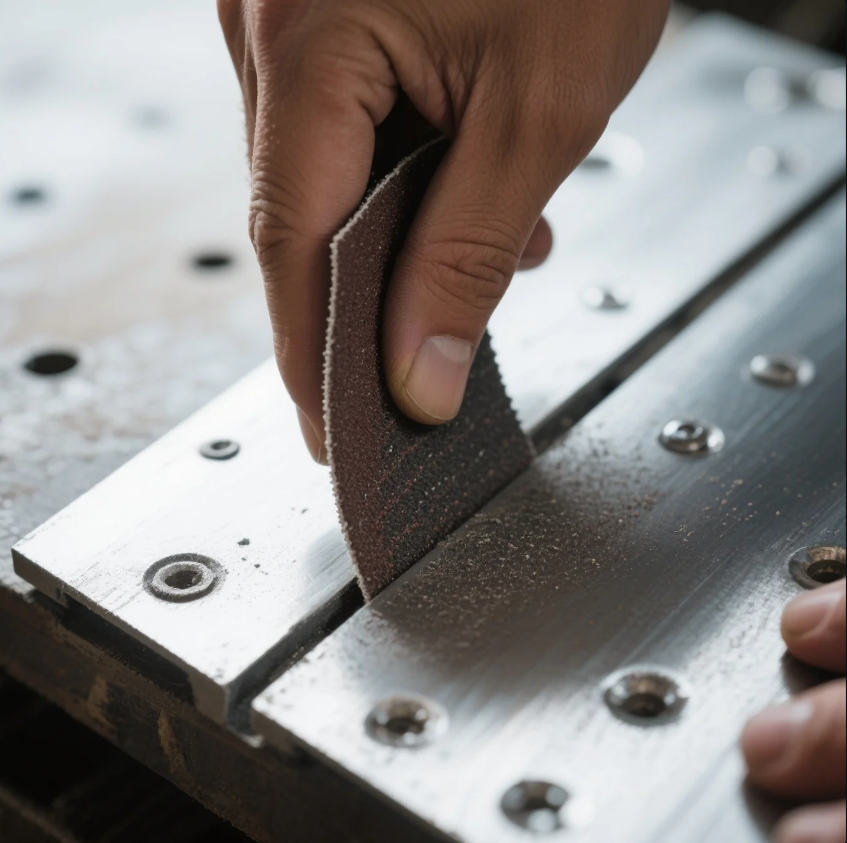
Rough metal isn’t just unattractive—it can be unsafe or nonfunctional.
We sand metals to smooth sharp edges, reduce surface flaws, and prepare for finishing.
It also makes mechanical joints and coatings last longer.
When to Sand Metal
- ✅ Before painting or powder coating
- ✅ Before welding or assembling
- ✅ After rust removal or cutting
- ✅ Before polishing or buffing
We use these steps at Prime to ensure ISO-certified metal parts meet performance and appearance standards.
How to sand metal without sandpaper?
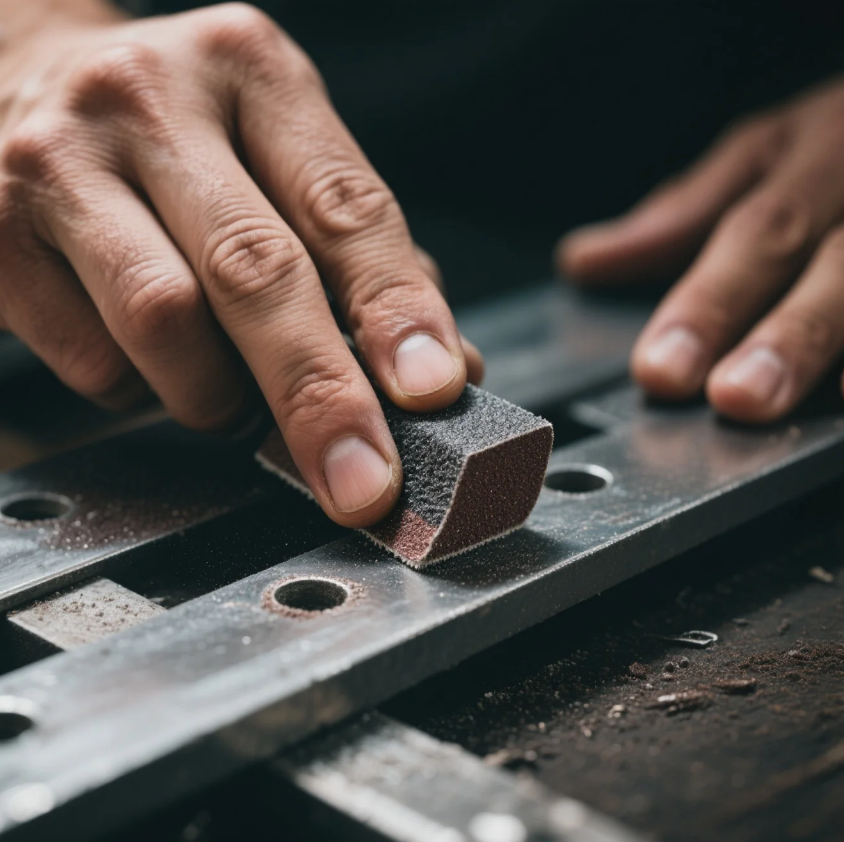
Don’t have sandpaper? There are still ways to prep your metal surface.
You can sand metal using steel wool, wire brushes, files, or abrasive pads. These tools remove rust and smooth surfaces without paper grit.
They work best for small areas or touch-ups.
Sandpaper Alternatives for Metal
| Tool | Use Case |
|---|---|
| Steel Wool | Light rust, fine polishing |
| Wire Brush | Rust and paint removal |
| Metal File | Edge shaping, burr removal |
| Scotch-Brite Pad | Smoothing and cleaning |
At Prime, we use wire wheels and abrasive belts as sandpaper alternatives—especially for large batches of stamped parts or machined components.
What sandpaper to use to rub down metal?
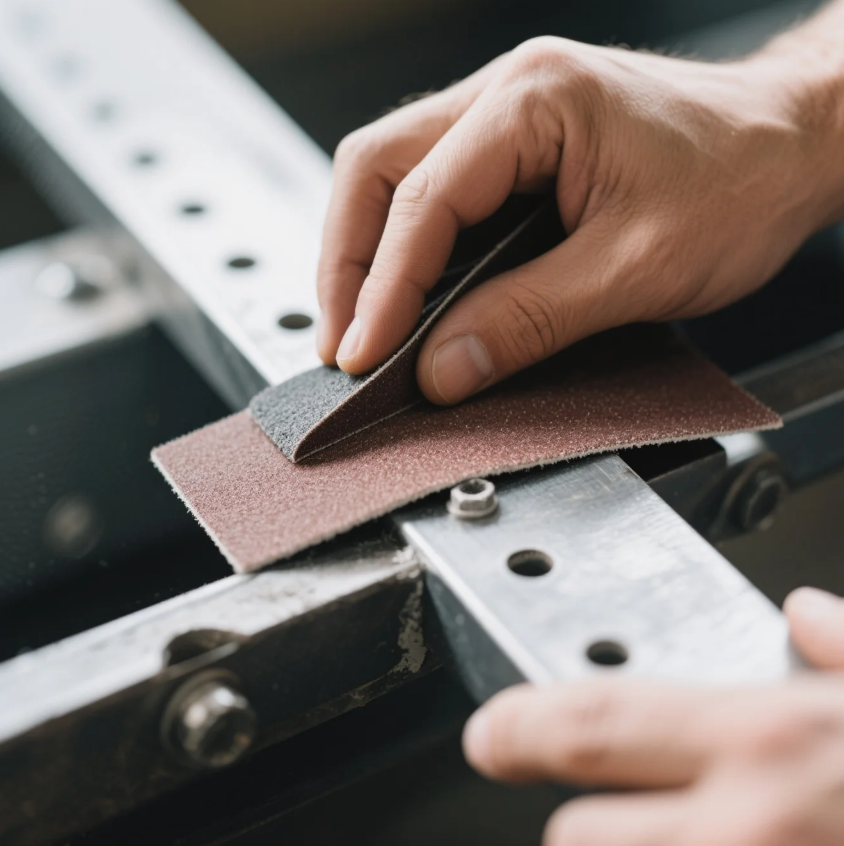
Using the wrong grit or material can scratch or ruin the part.
Use aluminum oxide or silicon carbide sandpaper. Start with 80–120 grit for cleaning, and finish with 220–400 grit for smoothing.
Grit choice depends on how rough the metal is and what comes next.
Recommended Sandpaper for Metal
| Grit Level | Use Case |
|---|---|
| 60–80 | Heavy rust or paint removal |
| 120–220 | General smoothing/prep |
| 320–400 | Final finish before coating |
| 600+ | Polishing, wet sanding |
We match grit and technique based on project specs at Prime to deliver clean, finish-ready metal components every time.
Conclusion
We rub metal with sandpaper to clean, smooth, and prepare the surface for finishing or assembly.
Contact Prime today for full-service surface prep, coatings, and finishing solutions. With over 20 years of experience, 10 production lines, and ISO-certified processes, we deliver high-quality CNC and stamped parts ready for any use.

